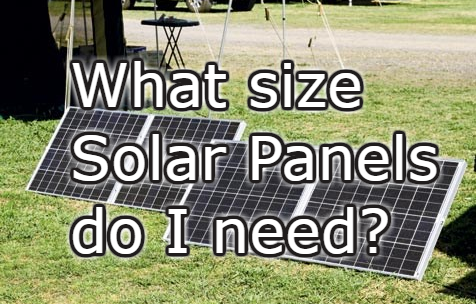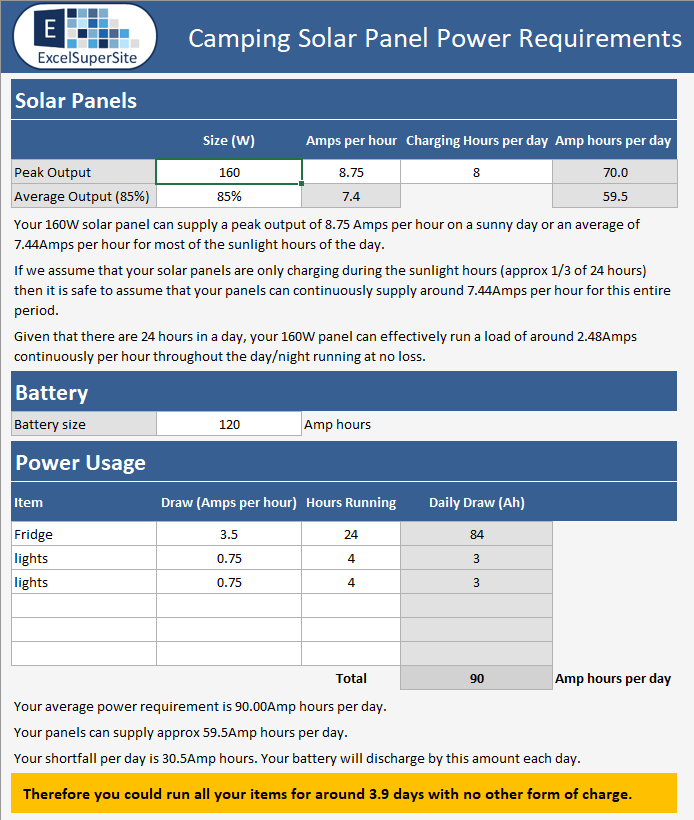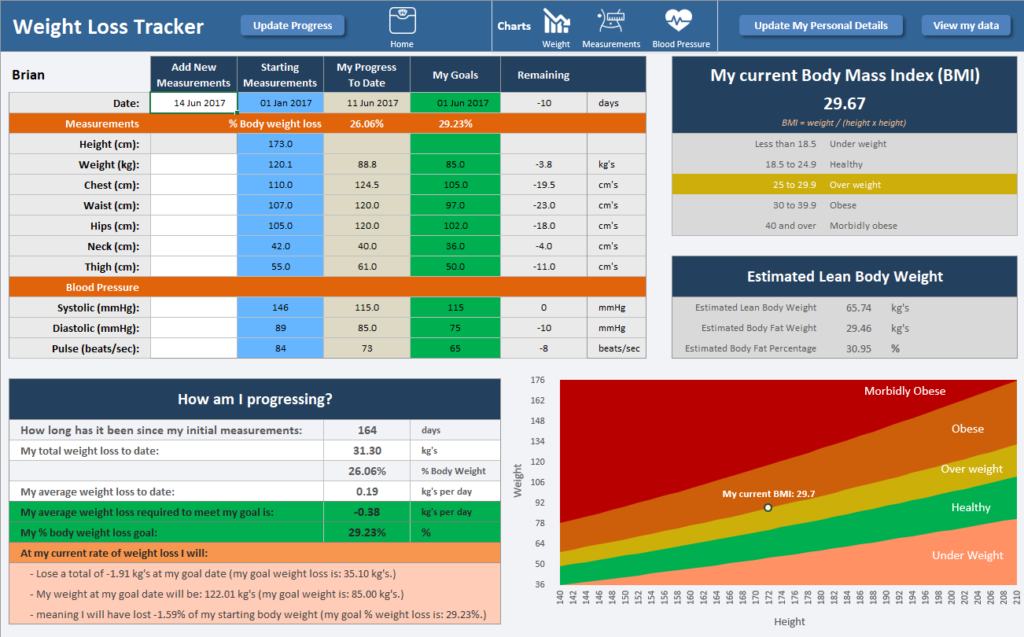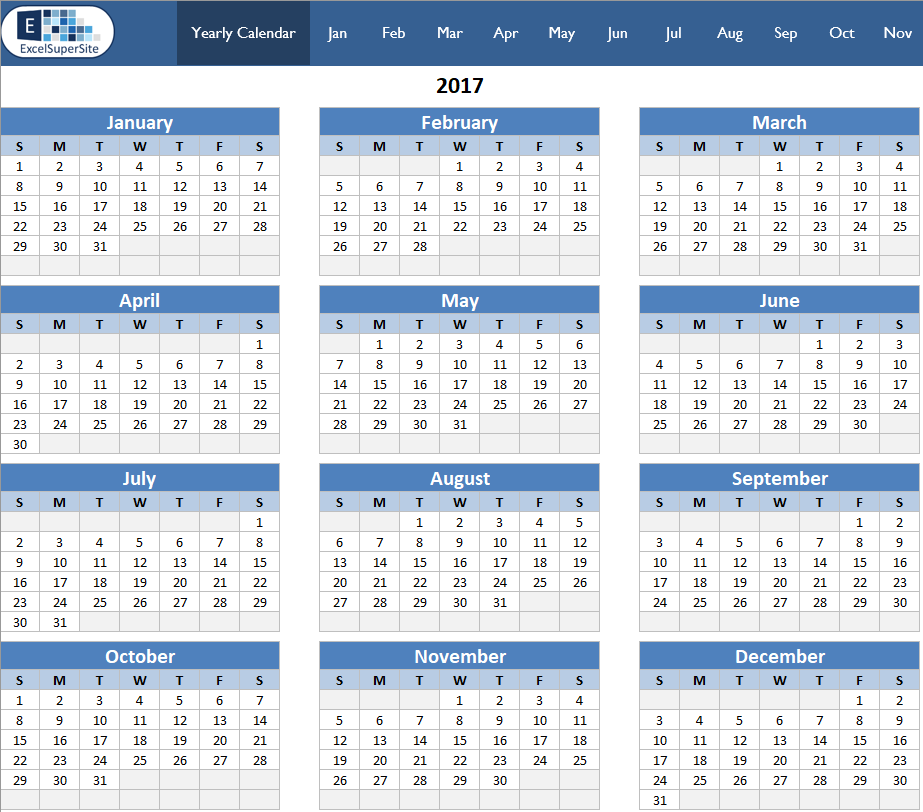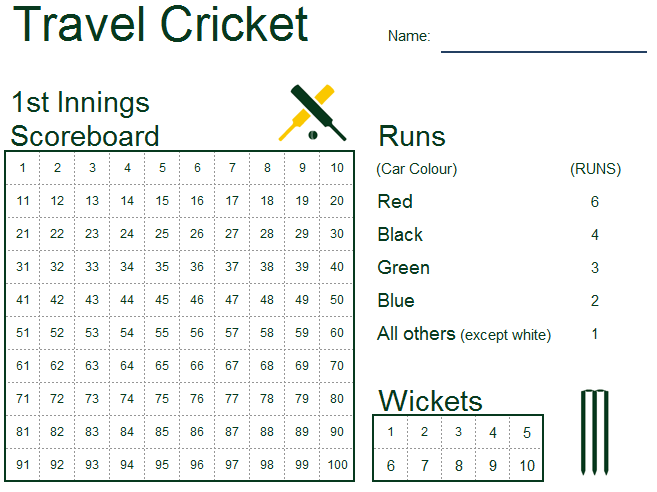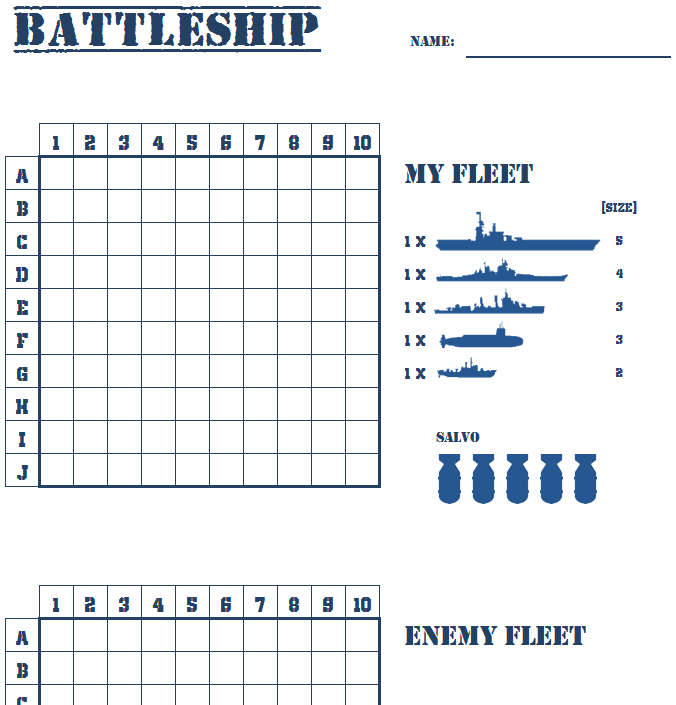What size solar panels do I need?
So how many and what size solar panels do you need to meet your camping power usage requirements?
A simple enough question to ask, but unfortunately not always a simple question to answer.
Fortunately, we have developed a simple to use Excel spreadsheet, that allows you to input information about the equipment you use and your power usage and it will let you know if your solar panels will typically meet your needs.
How many solar panels do I need?
The number of solar panels you will need to meet your power usage requirements is dependent on the amount of charge you need to return to your battery (or batteries) during the sunlight hours of each day.
For a 12 volt system, if you need to replace 120 Amp hours of charge to your batteries each day, and assuming you have 8 sunlight hours in each day, you will need…
12 volts x 120 Amp hours = 1440 Watt hours
1440 Watt hours divided by 8 hours of sunlight (per day) = 180 Watts of solar panels as a minimum.
Typically, though, you’ll want to apply a margin of error to this (to allow for cloudy days or unexpected power usage) and we recommend allowing an additional 20% to these requirements, therefore increasing the 180 Watts above to 216 Watts of solar panels. Round this up to 220 (or 240) Watt of solar panels in total, JUST to return a full charge to your battery.
How many watts do I need to run all my systems?
The number of watts or the amount of power you need is determined by the specifications of your system with regards to both the charging and the running conditions under load.
The power rating or watts of your solar panels determines the rate at which you can put the charge back into your system.
The trick with solar panels is to try and ensure you have enough solar panels to cope with the amount of power you plan to use.
So what can I run on my Solar Panels and for how long?
As an example, let us assume you have an 80 Watt solar panel that can realistically supply around 4 and 5 Amps on a sunny day and you have your panels connected up to a 100A/h battery.
For calculation purposes, we also assume that only 1/3 of the day is sunlight hours – so 8 hours of sunlight in total.
So how much power do I use?
Now, this totally depends on what you have hooked up to your system, but let us say you have a 45 litre fridge and 2 x LED camp lights.
The fridge you’ll want to run 24 hours a day and the lights for say 6 hours a night (each).
A 45 litre fridge will draw on average around 3-4 amps per hour and LED lights around 0.5 to 1.0 amps per hour.
Power Requirements
45 litre fridge (average): 3.5A x 24h = 84 Amp hours
LED lights (average): 0.75A x 6h = 4.5 Amp hours (each) x 2 lights = 9 Amp hours
Total (average): 93 Amp hours per day.
Your solar panels can supply:
(80 Watt solar panels) 4.5 Amps x 8 hours per day = 36 Amp hours each day.
Therefore the battery is being discharged by:
93 Amp hours – 36 Amp hours = 57 Amp hours each day.
So you could run your fridge and lights from your system for:
(battery) 100 Amp hours / (daily power discharge) 57 Amp hours = 1.75 days without any other form of charge.
Now, this is an example only, and your usage may vary quite considerably. It very much depends on energy-efficient your equipment is that you connect to your system. A fridge is obviously a very big power user, turning your fridge down (off of freeze, to just cool) will significantly reduce its power consumption and hence have a large impact on how long it can run.
A second example
Solar panels – 160 Watt Panel supplying 8.5 Amps per hour
Battery – 120 Amp hour
Power usage – 60 litre energy-efficient fridge (3 Amps per hour usage), and 2 x energy-efficient LED lights (0.5 Amps per hour)
60 litre Fridge: 3 Amps x 24 hours = 72 Amp hours
LED Lights: 0.5 Amps x 6 hours = 3 Amp hours x 2 lights = 6 Amp hours
Total: 78 Amp hours per day.
Your solar panels can supply:
8.5A x 8h = 34 Amp hours each day.
Therefore the battery is being discharged by:
78 Amp hours – 34 Amp hours = 44 Amp hours each day.
So you could run your fridge and lights for:
120 Amp hours / 44 Amp hours = around 2.7 days without any other form of charge.
What’s the best time of day to use my panel?
Your panels will provide the most power at peak sunlight. This requires no cloud cover and occurs at the middle of the day. Your panels will continue to provide power at a reduced rate before and after this peak sunlight period at any time whilst the sun is out. Your panels will obviously not provide any power before dawn or after dusk.
Why do I need a regulator?
A 12V solar panel is designed to output at least enough voltage to charge a 12V battery under worst-case conditions (low light level, high temperature, etc). A 12V battery needs at least 13.6 volts to charge, therefore under worst-case conditions a solar panel needs to output at least 13.6 volts. This means that in perfect conditions a 12V solar panel may output around 17V or more. If you plug a solar panel, which is generating 17V, straight into your battery it is easy to understand how this can cause damage. Solar regulators are designed to accept the voltage from the solar panel and output a voltage that is safe and usable to charge a battery. A good regulator will incorporate a 3 stage charging output.
What are Watts?
The Watt is the basic unit of power. It is named after the eighteenth-century Scottish inventor James Watt. Power = Voltage x Current, so Watts = Volts x Amps.
What are Volts?
Volts are a unit of electromotive force, the volt measures how much “potential” there is in an electric circuit. The higher the voltage, the more electrical current will flow in the circuit.
What are Amps?
Amperes (or Amps), is the measure of electric current. One Amp is equal to a number of electrons passing a point in a circuit each second at a certain voltage.
What are Amp hours?
Amp hours is a measure of stored power. Amp hours is the number of Amps drawn, for the amount of time in hours that you draw that current. Amps x hours = AH
Template Download
Need further customisation?
Would you like to have this template further customised to meet your requirements – no problem at all.
Contact us today with what you would like done and we’ll jump right onto it for you.
Help support ExcelSuperSite – T-Shirts and Merchandise
Do you like this template and would like to help support us at ExcelSuperSite to continue to share great templates and content such as this – why not take a look at some of the t-shirts and merchandise we have on offer – click any of the images below to visit our store.
Please note – our T-shirts and merchandise are hosted on an external “Print on Demand” website Redbubble/ExcelSuperSite so when you click an image below you will be automatically taken to our store on that site.
Explore our other ExcelSuperSite Excel spreadsheet templates and downloads
Customers who downloaded this template also viewed …
Other places to explore spreadsheet templates and downloads
Other places to look for free spreadsheet templates:

